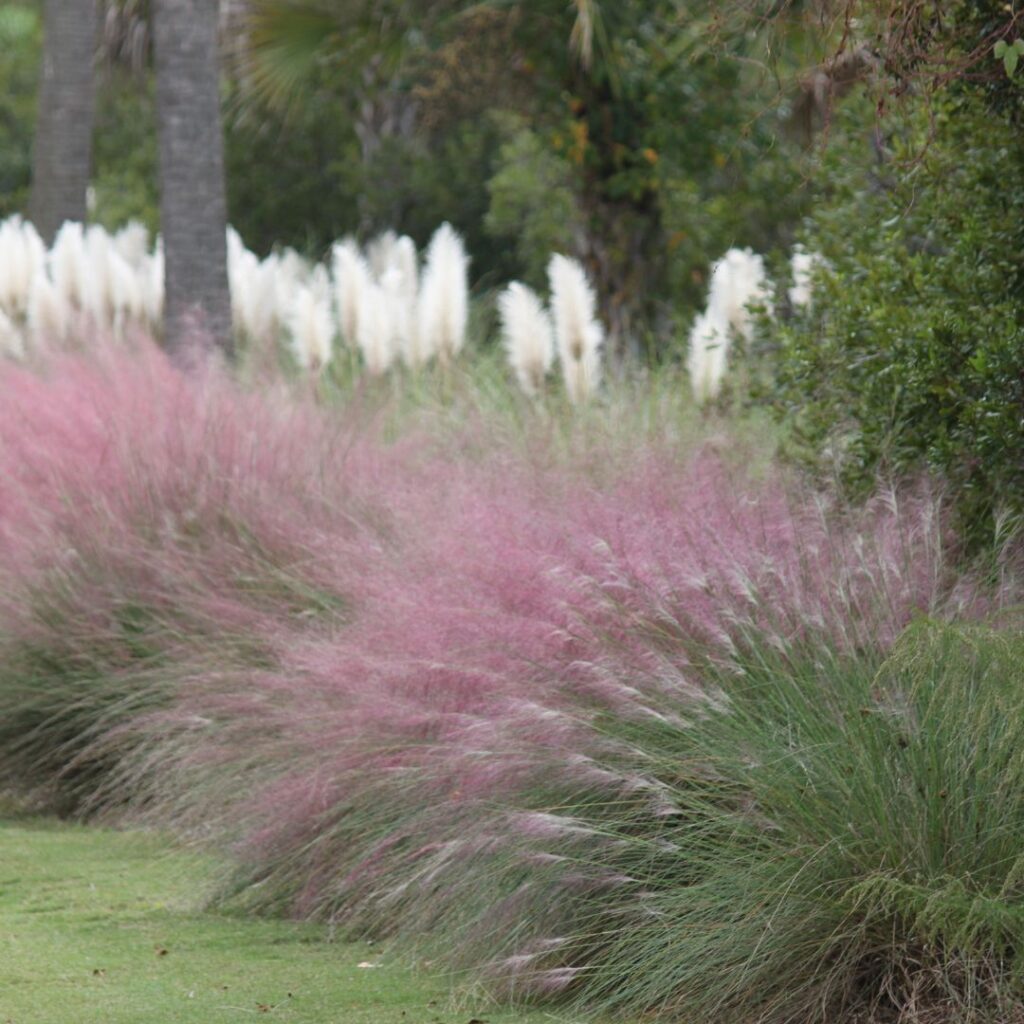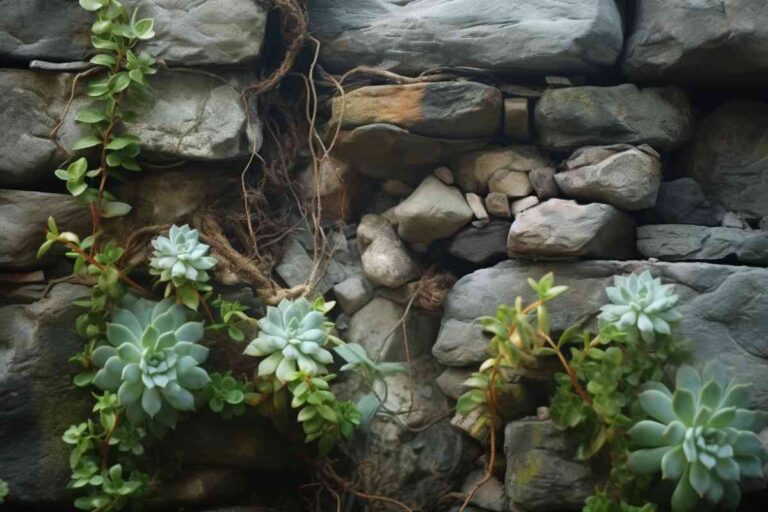Top 10 Stunning Ornamental Grasses to Plant in Your Garden

Ornamental grasses are a wonderful addition to any garden or landscape. They offer a unique texture and height that can be used as a filler or as a focal point. Ornamental grasses are also low-maintenance and drought-tolerant, making them an excellent choice for those who want a beautiful garden without the hassle of constant upkeep.

There are many different types of ornamental grasses to choose from, each with its own unique characteristics. Some ornamental grasses have seed heads that add interest to the garden, while others are great for container gardens or edging.
Whether you’re looking for native perennials or annuals to add to your landscape or want to create a rock garden, there is an ornamental grass that will fit your needs.
Top 10 Most Beautiful Ornamental Grasses
Ornamental grasses are a great way to add texture, color, and interest to your garden. Here are the top 10 most beautiful ornamental grasses to consider planting:
1. Blue Fescue
Blue fescue (Festuca glauca) is a clump-forming grass that is perfect for adding texture to your garden. It has blue-gray foliage that looks great in containers or as a border plant. It prefers full sun and well-drained soil.

2. Fountain Grass
Fountain grass (Pennisetum) is a popular ornamental grass that is known for its fluffy, bottlebrush-like seed heads.
It comes in a variety of colors, including purple and pink, and looks great in containers or as a border plant. It prefers full sun and well-drained soil.
3. Japanese Forest Grass
Japanese forest grass (Hakonechloa macra) is a shade-loving grass that is perfect for adding interest to shady areas of your garden. It has a graceful, arching habit and comes in a variety of colors, including green and gold.

4. Zebra Grass
Zebra grass (Miscanthus sinensis ‘Zebrinus’) is an upright grass that is known for its distinctive yellow and green striped foliage.
It has plumes of silvery flowers that appear in the fall and looks great in containers or as a border plant. It prefers full sun and well-drained soil.
5. Purple Fountain Grass
Purple fountain grass (Pennisetum setaceum ‘Rubrum’) is a popular ornamental grass that is known for its purple foliage and fluffy, bottlebrush-like seed heads. It looks great in containers or as a border plant and prefers full sun and well-drained soil.

6. Mexican Feather Grass
Mexican feather grass (Nassella tenuissima) is a clump-forming grass that is perfect for adding texture to your garden. It has delicate, fine-textured foliage that moves in the slightest breeze. It prefers full sun and well-drained soil.

7. Porcupine Grass
Porcupine grass (Miscanthus sinensis ‘Strictus’) is an upright grass that is known for its distinctive horizontal yellow bands on its green leaves.
It has plumes of silvery flowers that appear in the fall and looks great in containers or as a border plant. It prefers full sun and well-drained soil.
8. Blue Oat Grass
Blue oat grass (Helictotrichon sempervirens) is a clump-forming grass that is perfect for adding texture to your garden. It has blue-gray foliage that looks great in containers or as a border plant. It prefers full sun and well-drained soil.

9. Maiden Grass
Maiden grass (Miscanthus sinensis) is an upright grass that is known for its plumes of silvery flowers that appear in the fall.
It has graceful, arching leaves that look great in containers or as a border plant. It prefers full sun and well-drained soil.
10. Northern Sea Oats
Northern sea oats (Chasmanthium latifolium) is a clump-forming grass that is perfect for adding texture to your garden.
It has bamboo-like foliage and drooping seed heads that look great in containers or as a border plant. It prefers partial shade and well-drained soil.

Growing Ornamental Grasses
Ornamental grasses are a beautiful addition to any garden. They come in a variety of colors, textures, and sizes, making them a versatile choice for any landscape. Here are some tips for growing ornamental grasses:
Choosing the Right Grass for Your Garden
Before planting ornamental grasses, it’s important to choose the right type for your garden. Consider the size of your garden, the amount of sun it receives, and the climate in your area.
Some grasses prefer full sun, while others can tolerate partial shade. Additionally, some grasses are better suited for certain USDA hardiness zones.

Planting Ornamental Grasses
When planting ornamental grasses, it’s important to prepare the soil first. Make sure the soil is moist and well-drained. Dig a hole that is slightly larger than the root ball of the plant, and place the plant in the hole.
Fill the hole with soil, and water the plant thoroughly. Add a layer of mulch around the base of the plant to help retain moisture.
Caring for Ornamental Grasses
Ornamental grasses are relatively low-maintenance plants. However, they do require some care to keep them healthy and looking their best. Water the plants regularly, especially during dry spells.
Fertilize the plants once a year with a slow-release fertilizer. In the fall, cut back the dead foliage to about 6 inches above ground level.

Mulching and Fertilizing Ornamental Grasses
Mulching and fertilizing are important for the health of ornamental grasses. Apply a layer of mulch around the base of the plant to help retain moisture and suppress weeds.
Fertilize the plants once a year with a slow-release fertilizer. Be sure to follow the instructions on the fertilizer package carefully, as over-fertilizing can damage the plants.
Using Ornamental Grasses in Landscapes
Ornamental grasses are versatile plants that can add texture, movement, and interest to any landscape. They come in a variety of sizes, colors, and shapes, making them a great choice for many different design styles.
Here are some tips for using ornamental grasses in your landscape:
Designing with Ornamental Grasses
When designing with ornamental grasses, consider their height, texture, and color. Taller grasses can be used as a backdrop for shorter plants, while finer-textured grasses can be used to soften harsh edges or add a delicate touch to a garden bed.
Grasses with colorful foliage or blooms can be used as focal points or to add interest to an otherwise monochromatic landscape.

Using Ornamental Grasses as Filler
Ornamental grasses can be used as filler plants in garden beds or borders. They can help to fill in gaps and add a cohesive look to the landscape. Grasses like feather reed grass or blue oat grass can be used to create a natural-looking hedge or screen.
Using Ornamental Grasses as Lawn Alternatives
For those looking for a low-maintenance, drought-tolerant lawn alternative, ornamental grasses can be a great choice.
Some grasses, like buffalo grass or blue grama grass, are native to North America and can be used to create a prairie-like landscape. They require less water and maintenance than traditional lawns and can be left un-mowed for a more natural look.
Using Ornamental Grasses in Containers
Ornamental grasses can also be used in containers to add interest to patios, decks, or other outdoor living spaces.
Grasses like fountain grass or zebra grass can be used as a thriller plant in a container arrangement, while smaller grasses like blue fescue or Japanese forest grass can be used as a filler or spiller plant.
Overall, ornamental grasses are a great addition to any landscape. They are low-maintenance, drought-tolerant, and come in a variety of sizes and colors.
However, it’s important to note that some grasses can be invasive, so be sure to do your research before planting. With a little planning and creativity, you can use ornamental grasses to create a beautiful and unique landscape.

Benefits of Ornamental Grasses
Ornamental grasses are a great addition to any garden, not only for their beauty but also for their many benefits. Here are some of the benefits of ornamental grasses:
Environmental Benefits of Ornamental Grasses
Ornamental grasses are great for the environment. They help to reduce erosion and improve soil quality.
They also absorb carbon dioxide and other pollutants from the air, making them a great choice for urban gardens. Ornamental grasses are also drought-tolerant, which means they require less water than other plants.
Ornamental Grasses for Birds and Wildlife
Ornamental grasses are a great way to attract birds and other wildlife to your garden. Many ornamental grasses produce seeds that birds love to eat, and the grasses provide shelter for birds and other small animals.
Some grasses, such as big bluestem (Andropogon gerardii), are particularly attractive to birds and other wildlife.
Deer-Resistant Ornamental Grasses
Deer can be a real problem for gardeners, but some ornamental grasses are deer-resistant.
If you live in an area with a lot of deer, consider planting deer-resistant grasses such as miscanthus, fountain grass, or switchgrass. These grasses are less likely to be eaten by deer than other plants.


